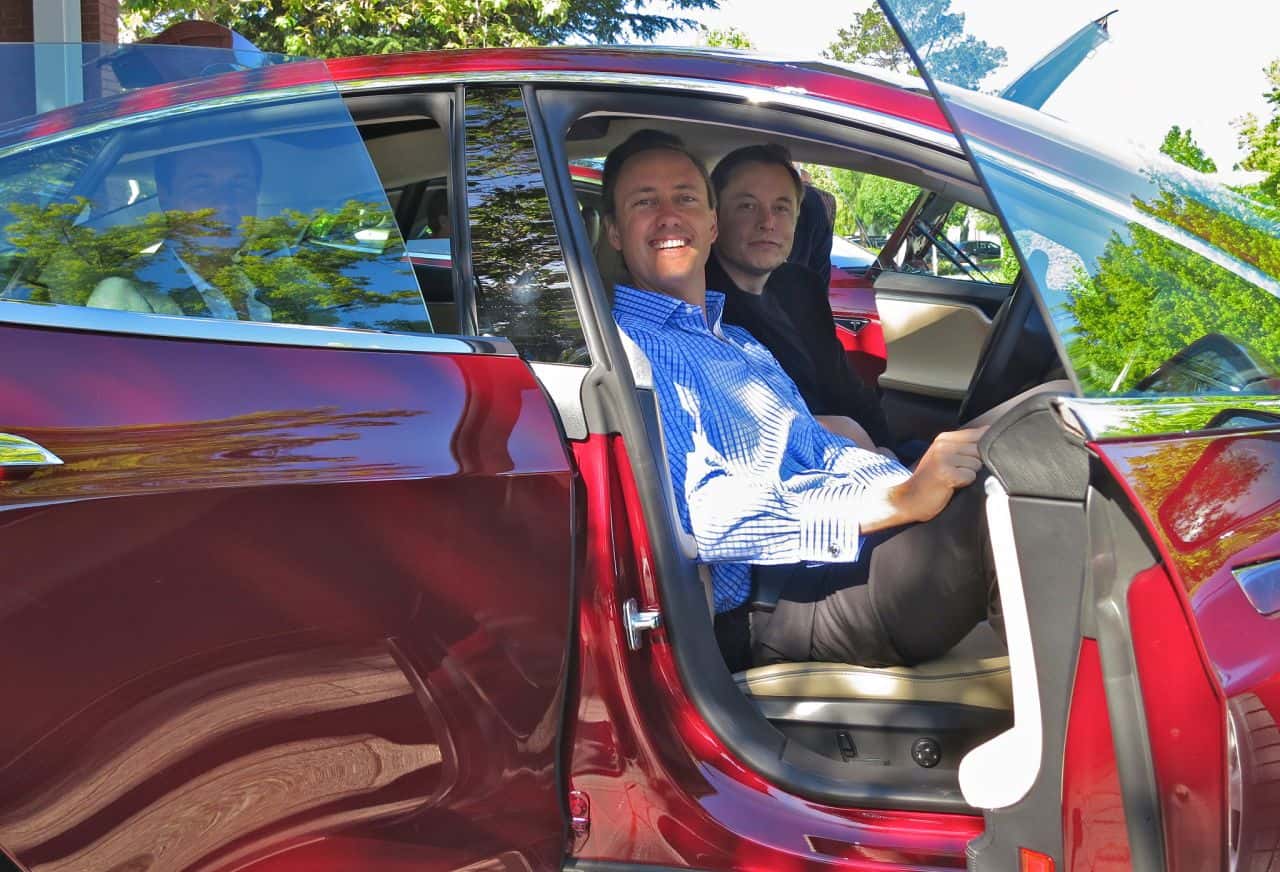Why would you want to reduce your carbon footprint? Carbon dioxide is a type of greenhouse gas that helps retain heat for life on Earth, but too much heat means the planet warms more than it should. Reducing your carbon footprint lessens human impact on the environment and its resources.
When you reduce the degree of carbon dioxide emitted during daily activities, you make a positive impact on your life, the lives of others, and the environment. You don’t have to turn your life upside down. Make a few simple shifts to get started, such as how you drive your car and the type of lightbulbs you use at home. Here are five ways you can reduce your carbon footprint.
Revisit Electricity Conservation Strategies
Do you conserve energy at home actively? When old bulbs give out, make the switch to energy-efficient lightbulbs since they use 25 to 80 percent less energy than traditional bulbs and last three to 25 times longer. Take other items off standby and turn them off.
Hang your clothes out to dry on nice days to save electricity. Always wash clothes at a full load, and turning down the temperature helps reduce your carbon footprint. If not using chargers, unplug them from sockets since they still draw power.
Use Your Fridge More Wisely
The energy efficiency of your fridge depends upon its placement, far away from the oven and sunlight. Keep your fridge against an outside wall to let the heat generated escape more easily, and leave a few inches between the fridge and the wall to allow the air to circulate.
Only keep the temperature as cold as you need it, and don’t leave the door open too long. Look for damage along the seal and repair it. Let cooked food cool down before placing it in the fridge, and defrost food in the fridge to use less energy and practice good sanitation skills. Eat locally-grown produce and less meat.
Use Alternative Transportation
Use mass transit or another form of alternative transportation to reduce your carbon footprint by using less gasoline. Gasoline contains a smaller energy content than other types of oil byproducts, so when you travel by mass transit, you spread the total impact out among others. When you use oil more responsibly, you make the most of what the Earth produces.
If you bike or walk, you also get in more daily exercise. Make a plan to use alternative transportation a few times a week. Get together with co-workers and start a carpool.
Hack Your Driving Style
Save the car for longer trips, and take a 15-minute walk to the corner store. The fewer miles your car clocks, the fewer emissions impact the environment. The typical passenger vehicle emits roughly 4.6 metric tons of carbon dioxide every year, assuming the car possesses a fuel economy of 22 mpg and is driven 11,500 miles a year on average.
Driving more safely and using your car only when you need it, especially for long distances, will reduce your carbon footprint. Drive at the speed limit, and don’t accelerate unnecessarily.
Tap Into Water Savings
Reduce emissions by insulating your tank’s heating system with a thick jacket. Nip dripping taps in the bud, and take more showers than you do baths — though if you take long showers, it may not matter.
Water processing also possesses its own footprint, so save money and energy by using the cold tap when you can. California utilizes 20 percent of its electricity and 30 percent of natural gas in providing water. Cutting your water use by even 25 percent saves the state money on electricity.
Which of your daily activities possesses the most environmental impact, and which are you willing to adjust to reduce your carbon footprint? A few simple changes are all it takes to get started.


